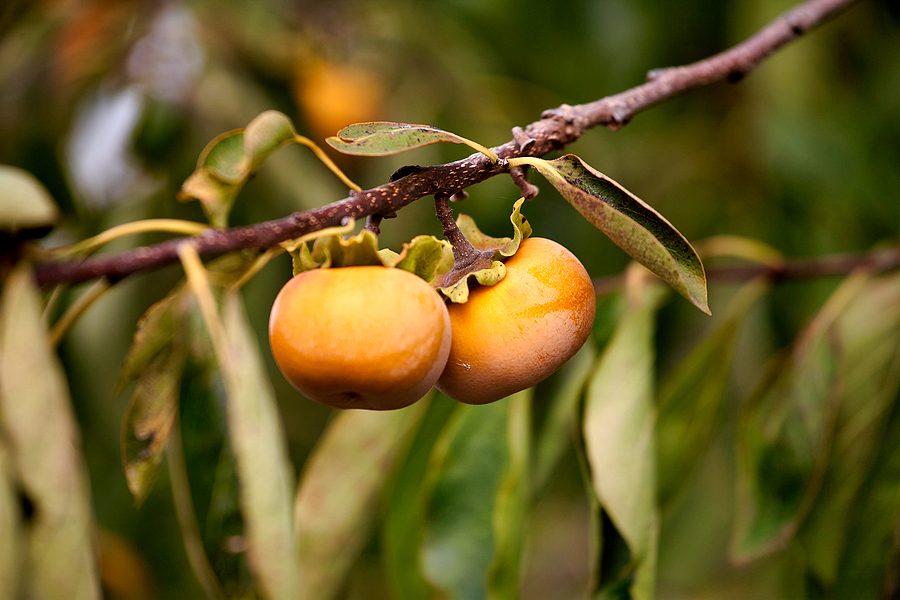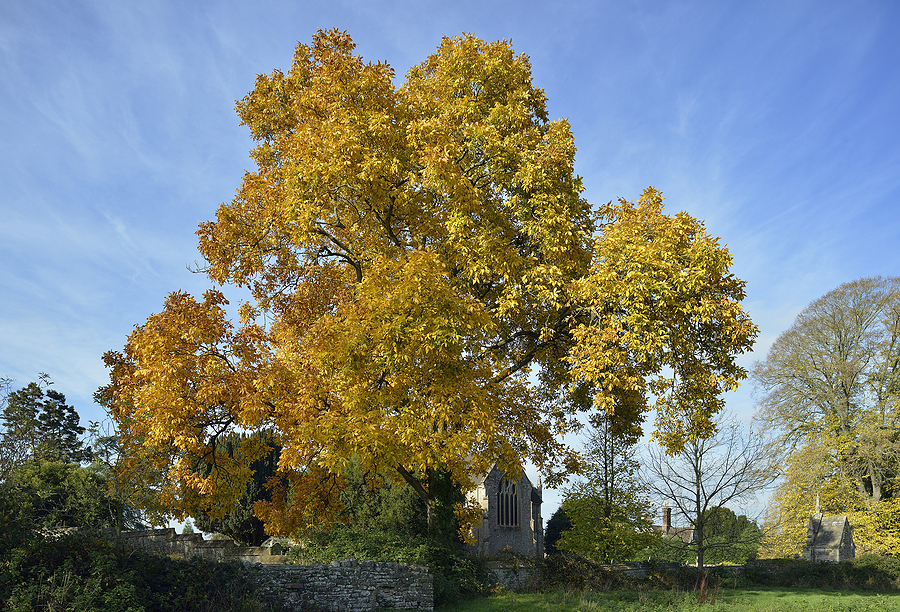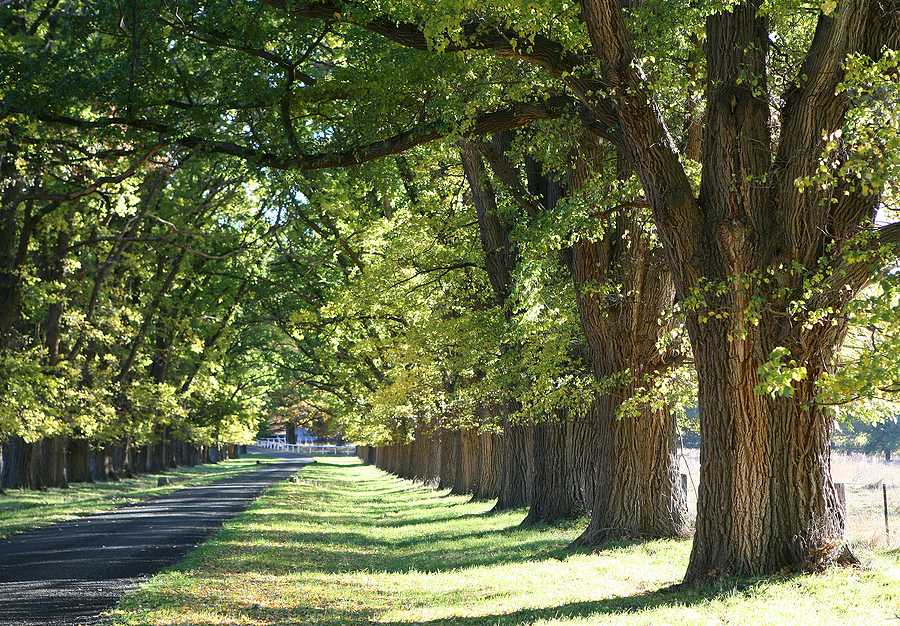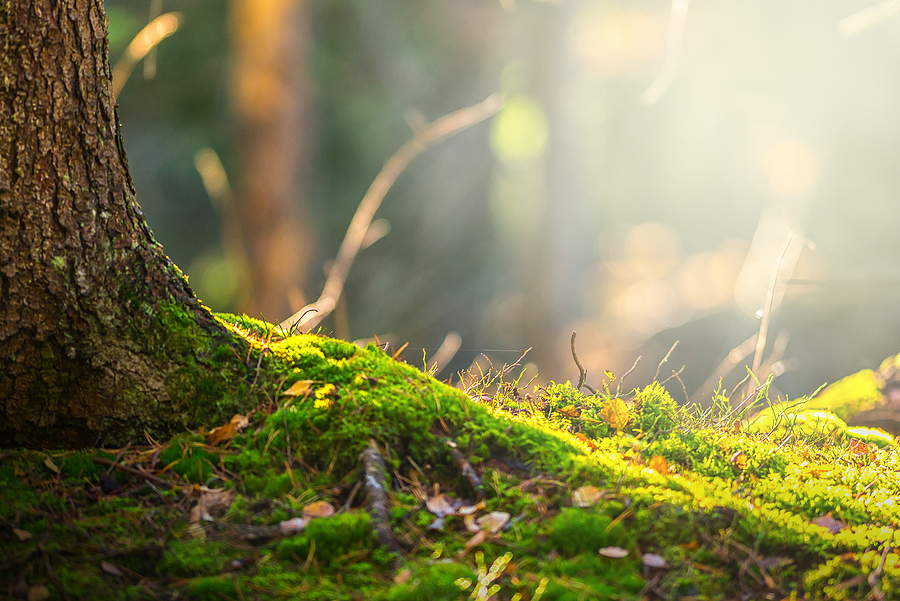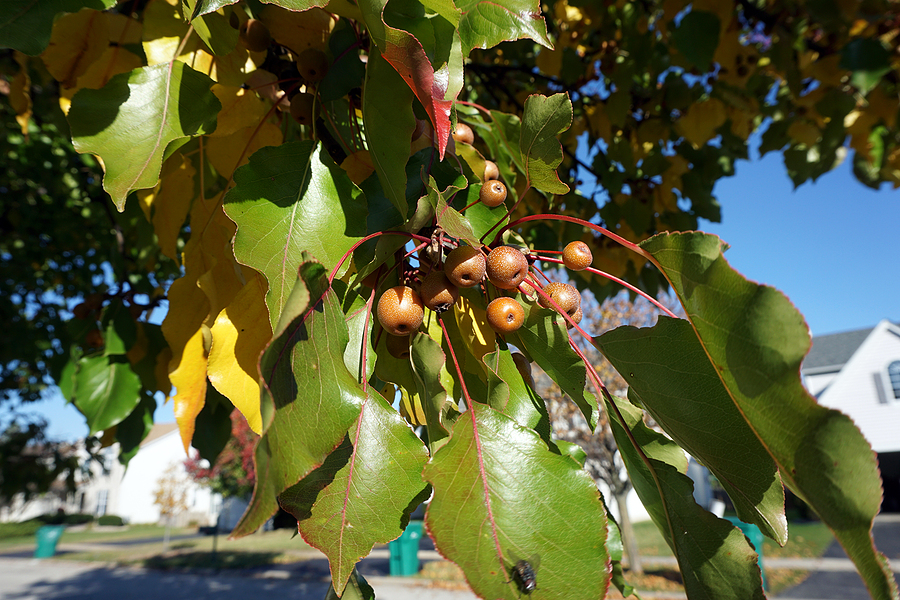Bringing a real evergreen into your home is a cherished tradition for many families. The scent of pine, the natural texture of the branches, and the vibrant greenery create an atmosphere that artificial alternatives simply cannot replicate. However, a live tree is a living organism that has been cut from its life source, and bringing it indoors places it in an environment that is often hostile to its survival.
Without proper care, a majestic fir or spruce can quickly transform from a festive centerpiece into a dry, brittle fire hazard that sheds needles across your floor. Understanding the biology of the tree and its needs for moisture and climate control is essential for maintaining its health throughout the holiday season.
By following a regimen of careful selection, proper hydration, and environmental management, you can ensure your tree remains fresh and beautiful until the New Year.

Choosing the Right Christmas Tree
The longevity of your Christmas tree is largely determined before you even bring it home. Selecting a healthy, vigorous specimen is the foundation of successful indoor tree care. When visiting a tree lot or farm, do not rely solely on the shape or size of the tree. You must assess its hydration level and overall vitality.
Begin by running your hand along a branch. The needles should feel flexible and soft, not brittle or stiff. If the needles fall off easily in your hand, the tree is already dehydrated and will likely not last through the season.
Next, lift the tree a few inches off the ground and drop it on its stump. While a few inner brown needles falling is normal (part of the tree’s natural shedding process), a shower of green needles suggests the tree is under significant stress.
Finally, inspect the trunk. It should be slightly sticky with resin. Avoid trees with split bases or stripped bark, as these defects can hinder the tree’s ability to absorb water later.
Initial Tree Care and Acclimatization
Once you have selected the perfect tree, the transition from the outdoors to your living room requires specific steps to ensure the tree’s water uptake system remains functional.
The Fresh Cut
When a tree is cut, sap seals over the base of the trunk within a few hours to prevent moisture loss. This natural seal also prevents the tree from absorbing new water. Therefore, making a fresh cut is non-negotiable.
Using a saw, remove a disk of wood about half an inch to an inch thick from the base of the trunk. Do not cut the trunk at an angle or into a V-shape; a flat cut maximizes the surface area for water absorption and ensures stability in the stand.
Immediate Hydration
After making the fresh cut, get the tree into water as quickly as possible. If you are not setting up the tree immediately, place it in a bucket of water in a cool, sheltered area, such as a garage. This prevents the cut from sealing over again.
Placement Matters
Where you position your tree in the room is just as critical as how much you water it. Indoor heating systems are the primary enemy of a cut Christmas tree. The dry, warm air accelerates evaporation from the needles, causing the tree to dry out rapidly.
Avoid placing your tree near significant heat sources. This includes fireplaces, wood stoves, radiators, and heating vents. Even a television that runs for many hours a day can generate enough heat to damage nearby branches. If you must place the tree near a vent, close the vent or redirect the airflow away from the tree.
Additionally, consider the sunlight. While trees need sun in the wild, direct sunlight through a window can act like a magnifying glass, scorching the needles and raising the temperature of the tree, furthering dehydration. A spot with indirect natural light is ideal.
View Our Tree Care Blogs for More Guidance 🔎
Watering Wisely
Water is the lifeblood of your Christmas tree. A freshly cut tree can consume a surprising amount of water—up to a gallon or more in the first 24 hours. The most common mistake homeowners make is allowing the water level to drop below the base of the trunk.
If the water level drops below the cut end of the trunk, sap will seal the pores again, blocking the tree’s ability to drink. If this happens, the only remedy is to make another fresh cut, which is often difficult or impossible once the tree is decorated and upright.
Check the water level in your stand every single day, ideally morning and night. Ensure your stand has a large enough reservoir to accommodate the size of your tree. As a general rule, a tree stand should hold one quart of water per inch of the stem diameter.
There are many myths regarding water additives, such as sugar, aspirin, or commercial tree preservatives. Research generally indicates that plain, fresh tap water is best. The tree’s vascular system is designed to transport water, and additives can sometimes inhibit intake or encourage bacterial growth in the reservoir.
Light and Humidity
Beyond placement, you can manipulate the environment to extend the life of your tree. Because winter air is naturally dry, and heating systems exacerbate this dryness, increasing the humidity in the room can be beneficial. Using a room humidifier near the tree can help reduce moisture loss from the needles.
When it comes to lighting the tree, use miniature lights or, even better, LED lights. Older, large incandescent bulbs generate significant heat that can dry out branches. LEDs run cool and are energy efficient, posing less risk to the tree’s hydration levels. Always turn off the tree lights when you leave the house or go to bed to prevent unnecessary drying and to ensure safety.
Troubleshooting Common Issues
Even with the best intentions, you may encounter issues.
Rapid Needle Drop
If your tree starts shedding green needles early in the season, it is usually a sign of severe dehydration. Check the water stand immediately. If it is dry, adding water may not help if the trunk has sealed. You may need to take the tree down, recut the trunk, and start over, or accept that the tree has reached the end of its indoor life.
Musty Odor
Occasionally, stagnant water in the stand can develop a smell. To prevent this, you can use a turkey baster to remove old water and replace it with fresh water every few days, though simply topping it off is usually sufficient if the tree is drinking heavily.
Sap Leaking
Tree sap is natural, but it can be messy. If sap gets on your carpet or furniture, avoid using harsh chemicals. Rubbing alcohol or a dedicated adhesive remover is usually effective at dissolving the resin without damaging fabrics.
Post-Holiday Care
When the season ends, or when the tree becomes too dry (indicated by brittle needles that snap when bent), it is time to remove it. A dry tree is a significant fire hazard and should not be kept indoors.
Dispose of your tree responsibly. Most municipalities offer tree recycling programs where trees are chipped into mulch for parks and gardens. Alternatively, if you have a large property, you can place the tree in a designated area of your yard to serve as a winter shelter for birds and small wildlife.
Never burn your Christmas tree in a fireplace or wood stove; evergreen sap can create sudden flare-ups and chimney fires due to creosote buildup.
Enjoying a Festive Season
Maintaining a live Christmas tree requires diligence, but the reward is a lush, fragrant focal point for your holiday celebrations. By simulating a cool, moist environment and ensuring constant hydration, you honor the life of the tree and ensure safety for your home.
If you love trees and want to ensure the ones in your landscape are just as healthy as the one in your living room, professional guidance is invaluable. For residents needing expert assistance with pruning, health assessments, or removal, consider reaching out for professional tree care in the Indianapolis area to keep your property flourishing year-round.
Related Post: Will Hanging Christmas Lights Harm My Trees?

